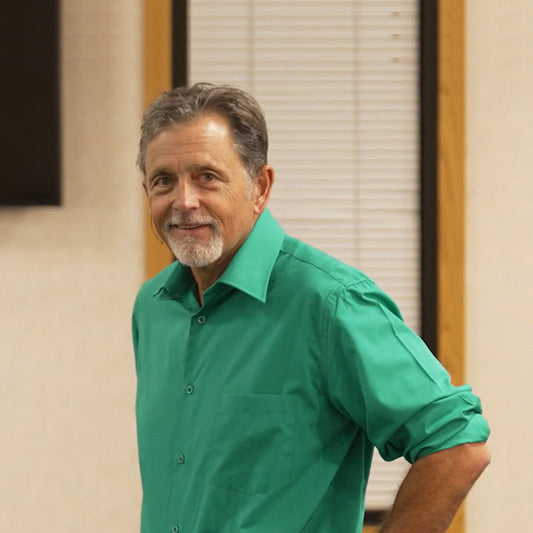In last week’s blog on underachievement, we focused on ways to motivate our kids and students. In this week’s blog, the second in our series on underachievement, we will explore why some kids do poorly in school even though they can do well or even exceptionally well.
Do you know any kids who are very capable but just will not apply themselves in school? Some take the path of least resistance by completing only the work that they find simple and easy. Others simply shut down altogether.
The common denominator with many underachieving kids is deep-seated perfectionism. That's right! As strange as it may sound, many kids who do poorly in school desire to do perfectly in school. As they grow, they become more and more imprisoned by the belief that it's better to avoid trying than to appear less than perfect in any way.
Sadly, many of these perfect underachievers are misdiagnosed as lazy or uncaring. In fact, it is fear, rather than apathy, that drives their poor performance.
In my book, From Bad Grades to a Great Life!, I teach a variety of strategies for helping perfectionists gain the courage to achieve. Listed below are some quick hints:
Model learning from making mistakes.
Kids need to see us trying new things, making mistakes, learning from these mistakes, and trying again.
Love your children for who they are.
When humans feel loved and accepted for who they are, they're more likely to take healthy risks that are necessary for them to become all they can be.
Respond to their mistakes with empathy, rather than anger.
Obviously, it's best to avoid flying off the handle when they blow it. Remember: Empathy opens the heart and the mind to learning.
Focus on effort rather than IQ.
Parents who constantly praise their kids by saying, "You are so smart," often raise kids who avoid trying anything that they can't complete perfectly.
Losing Well: The Key to Success
The walls of my school had portraits of good old George Washington and honest Abe Lincoln. These portraits represented the epitome of moral virtue and success. Our history lessons cemented these ideals, leading many of us toward aspirations of becoming just like the wonderfully successful men and women who shaped our nation.
Let us not forget the other side of the coin: The wonderful people who built our nation knew how to lose well.
One might argue that the greatest of them were major losers.
Washington lost far more military battles than he won. Like all great people, he understood two key principles:
1. It's not about winning every battle. It's about wisely conserving our resources so that we can live to fight another day.
Washington withdrew his troops from many a battle. Instead of a short-sighted obsession with constant success, he maintained a broader focus on winning the war.
2. Success comes to those who learn from losing.
Instead of giving up, Washington innovated. As time went by, he perfected the art of guerilla warfare. The British, intoxicated by winning so many battles, became no match for our fast-moving and wily troops.
In today's "success at all costs" world, many children are led to believe that they can only win at life if they never lose. The tragic result is a nation full of discouraged youth who are willing to participate only when they are completely sure there is no risk of failure. Too many take easier classes out of concern for their GPA. Too many give up for good as soon as life gets difficult.
Failure is informative, not terminal
Helping our children learn this involves:
- Modeling it
- Teaching them that perseverance is more important than intelligence
- Expecting them to struggle and persevere
- Showing them how to innovate by learning to experiment with novel solutions to the problems they face
Let's teach our kids to lose well. More strategies for helping perfectionists can be found in my book, From Bad Grades to a Great Life!
Thanks for reading!
























































